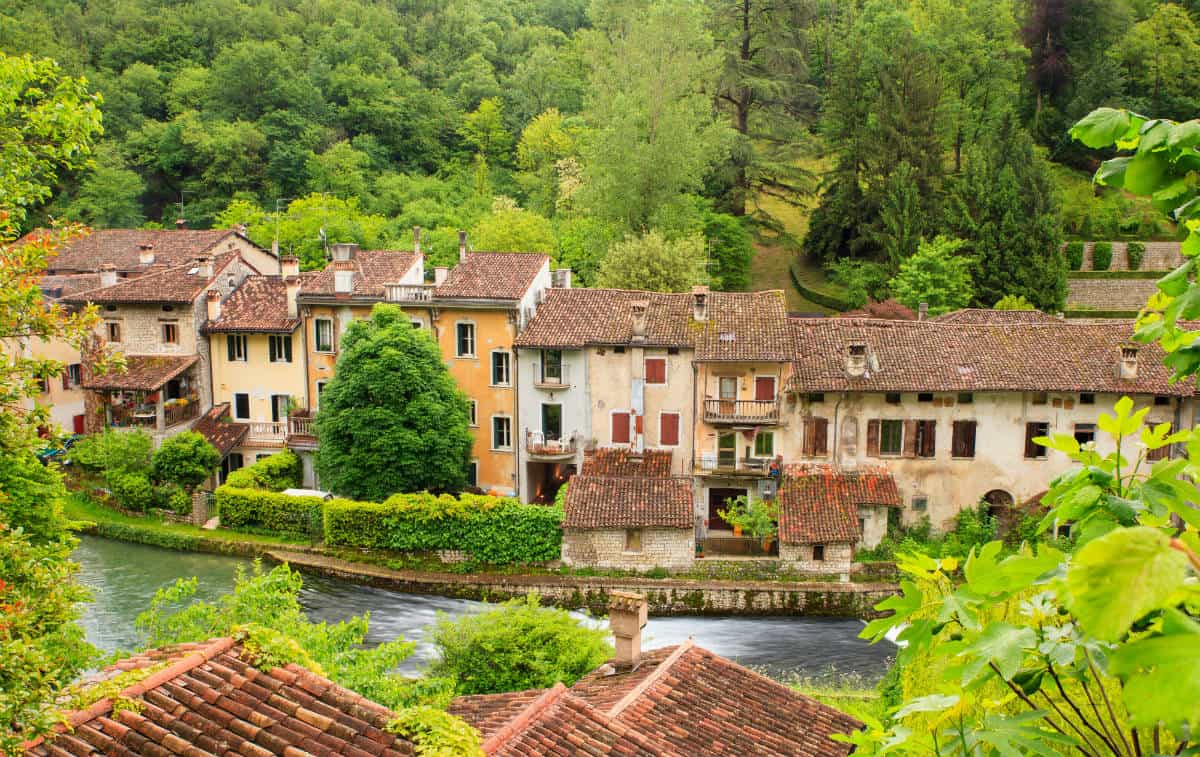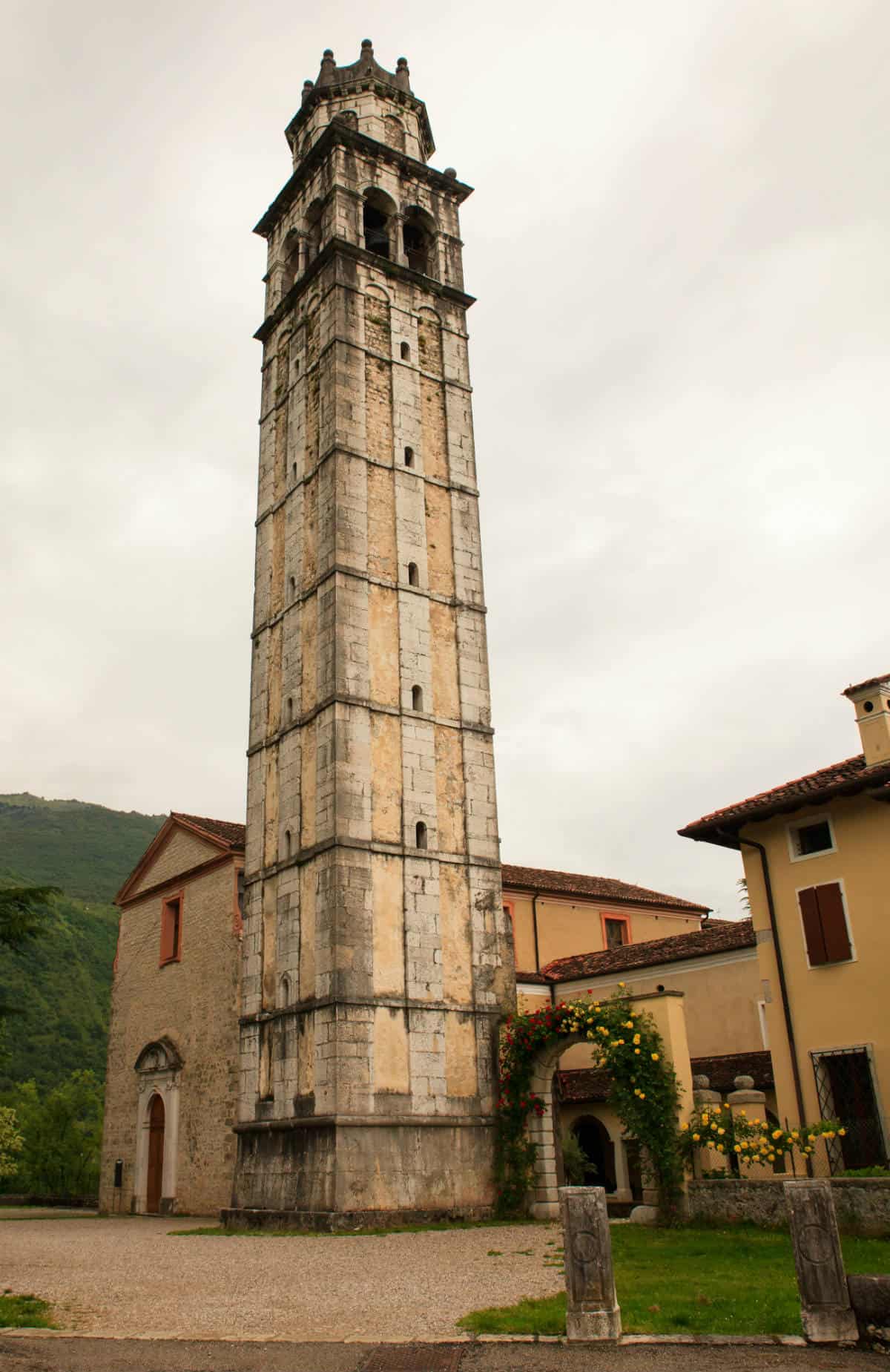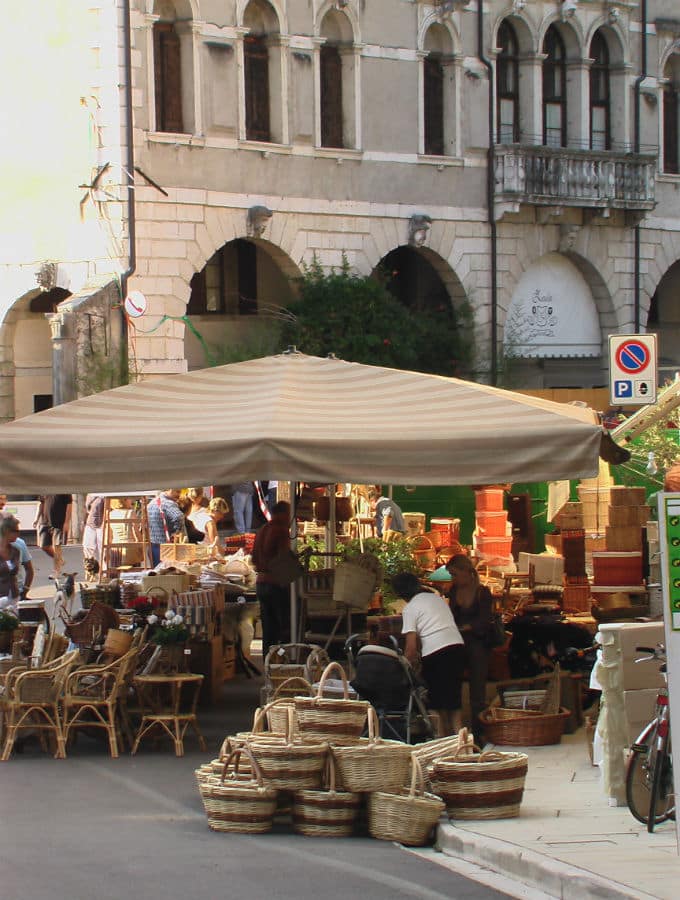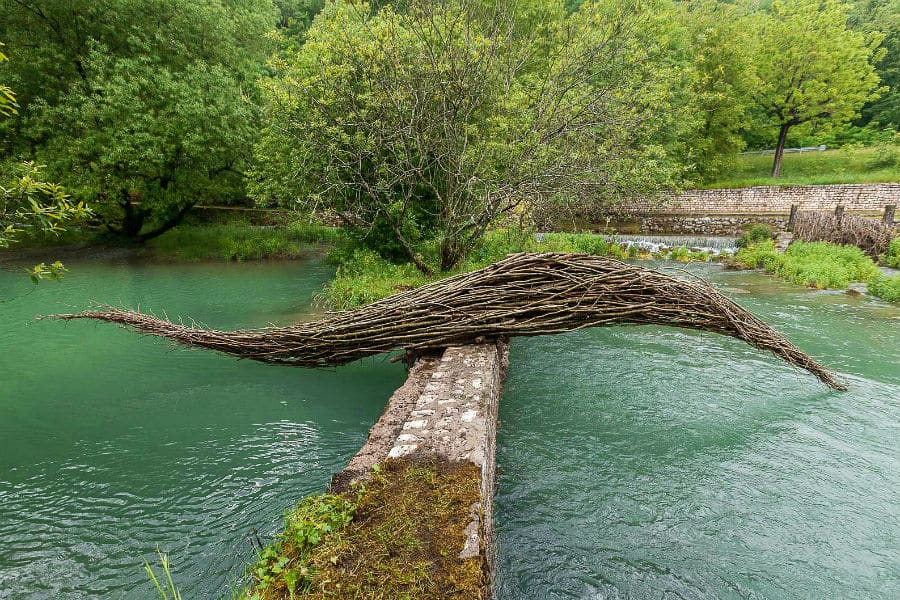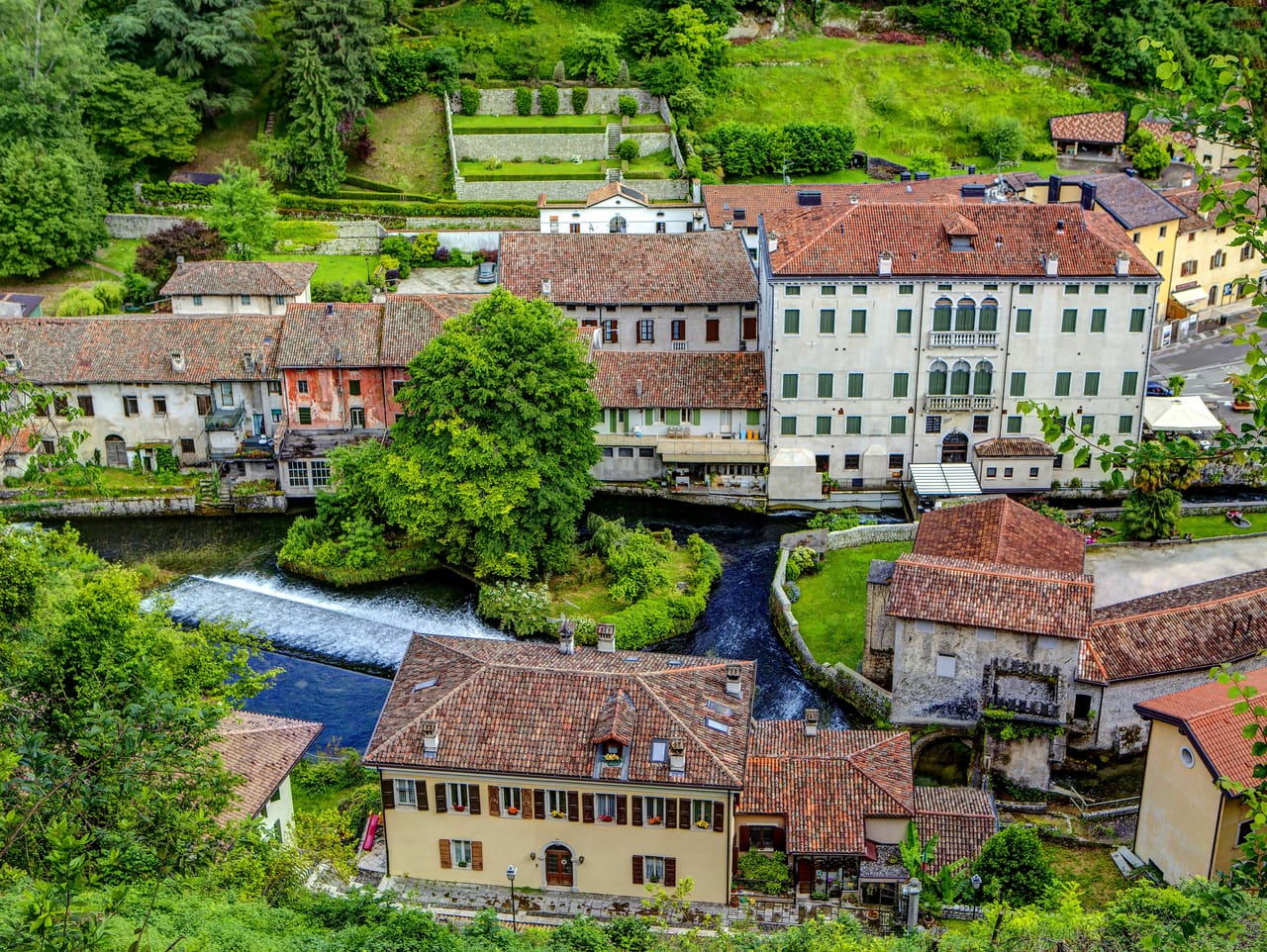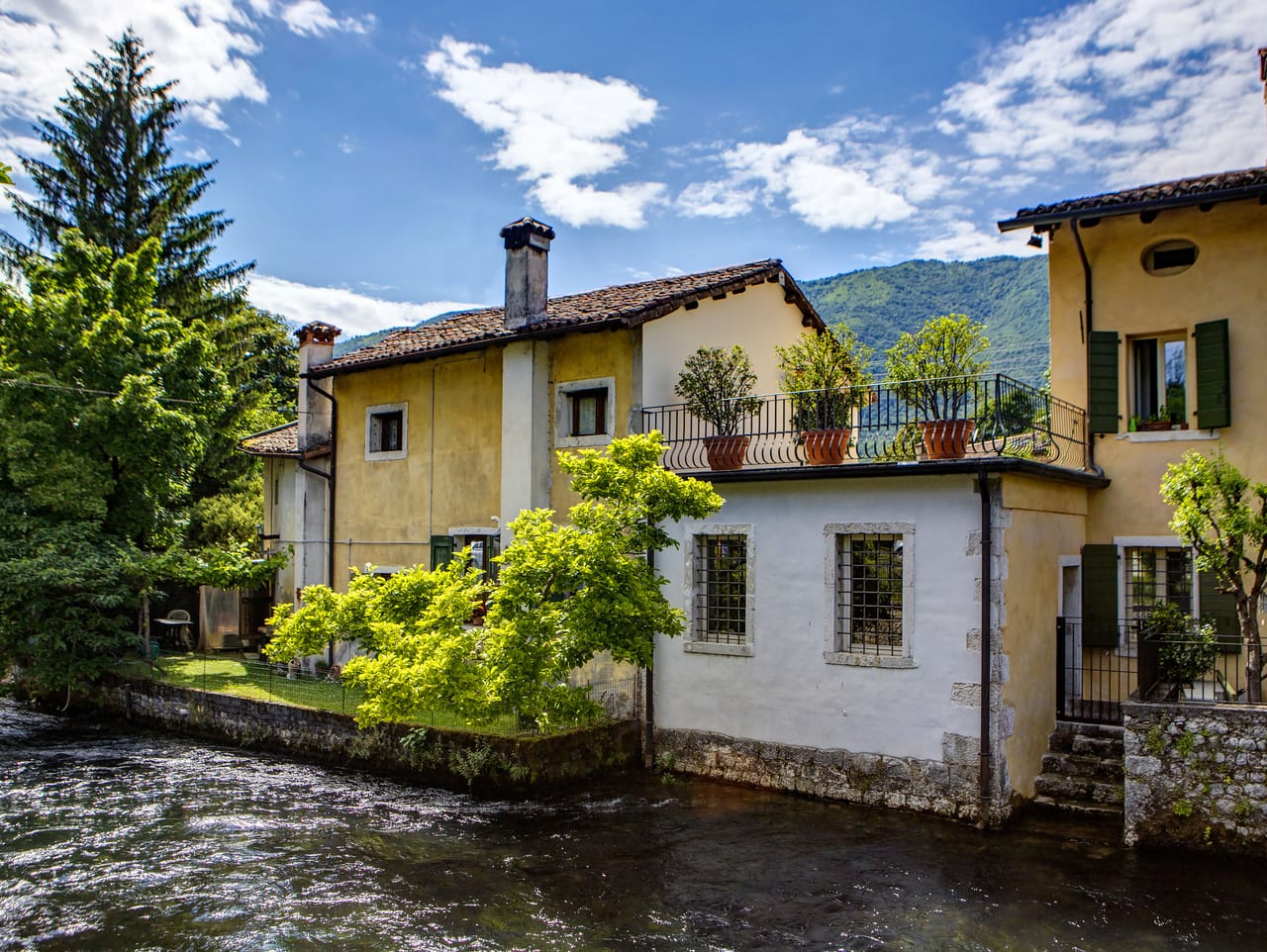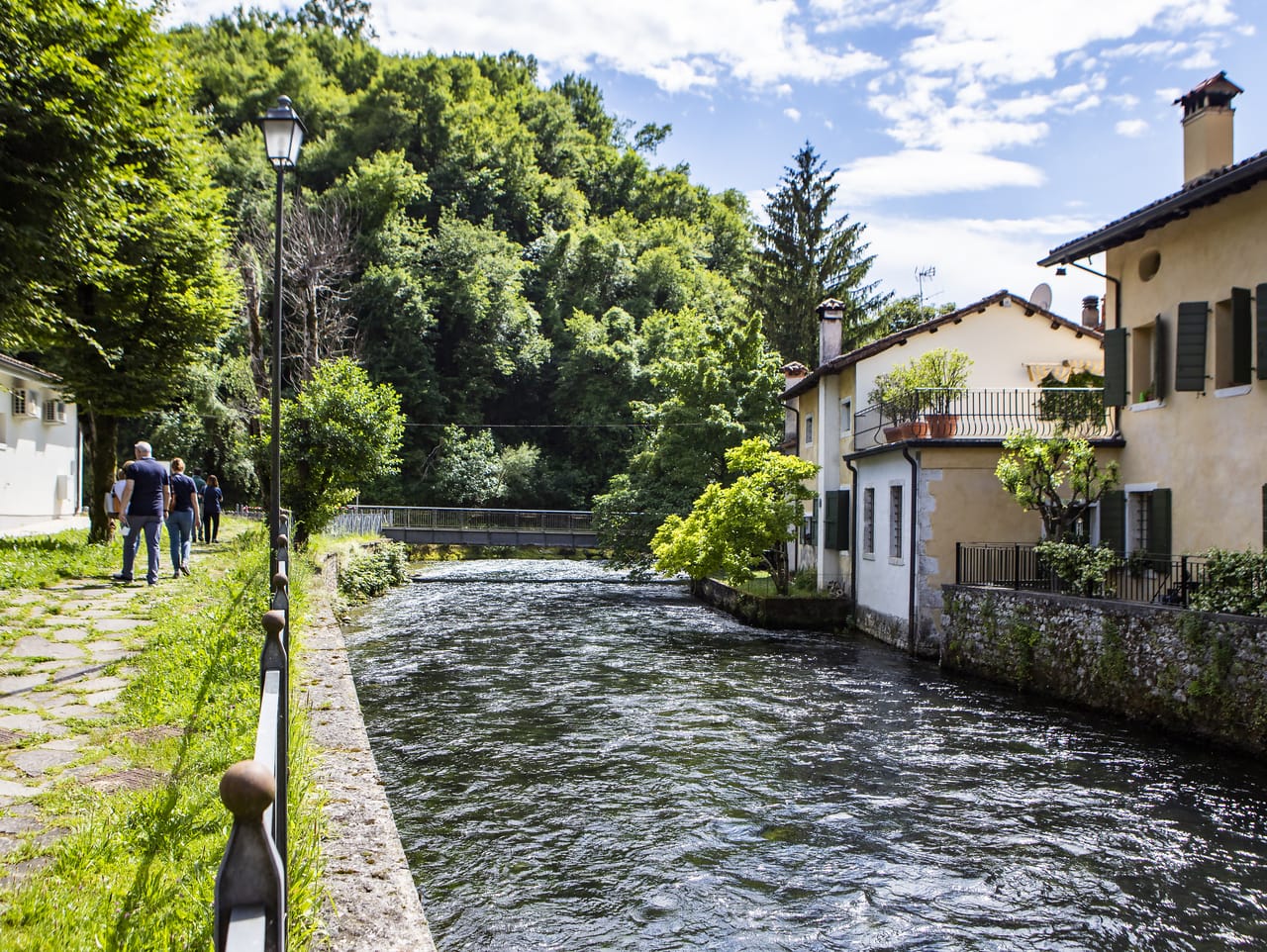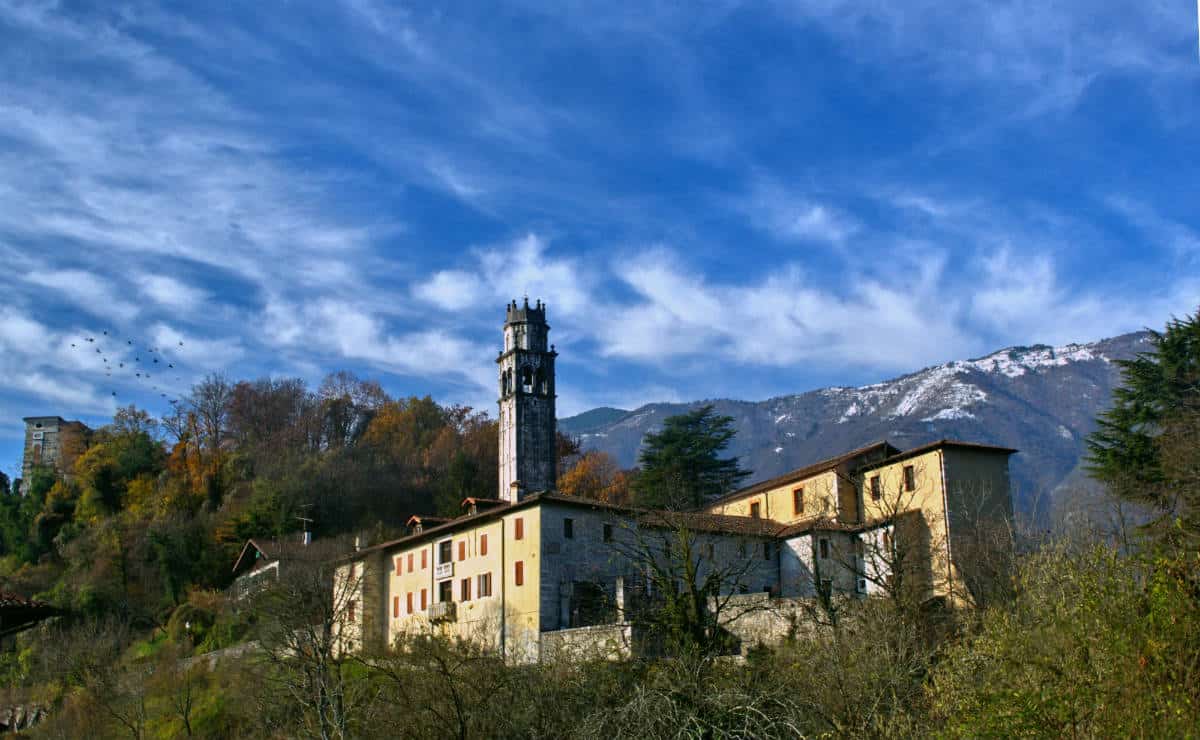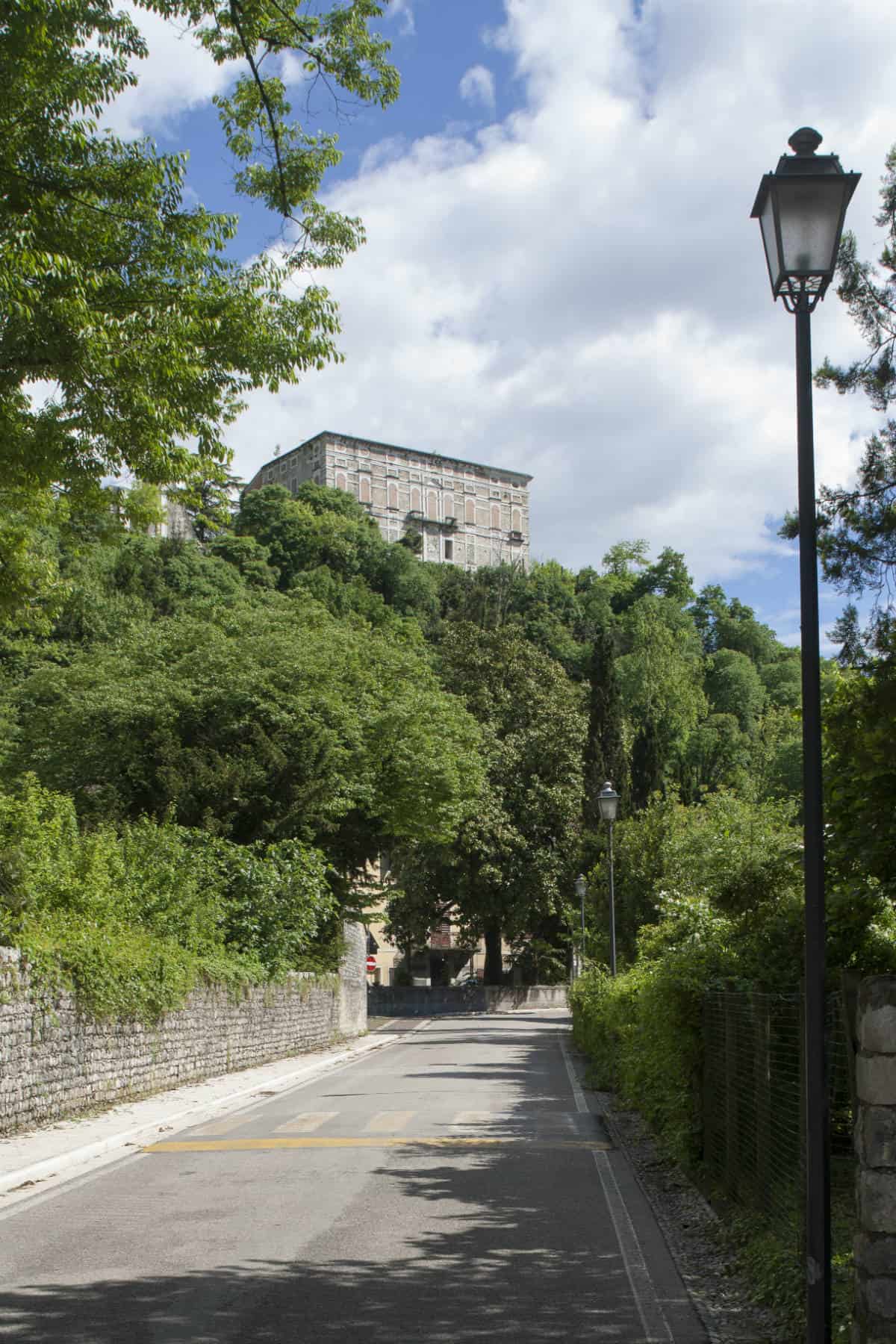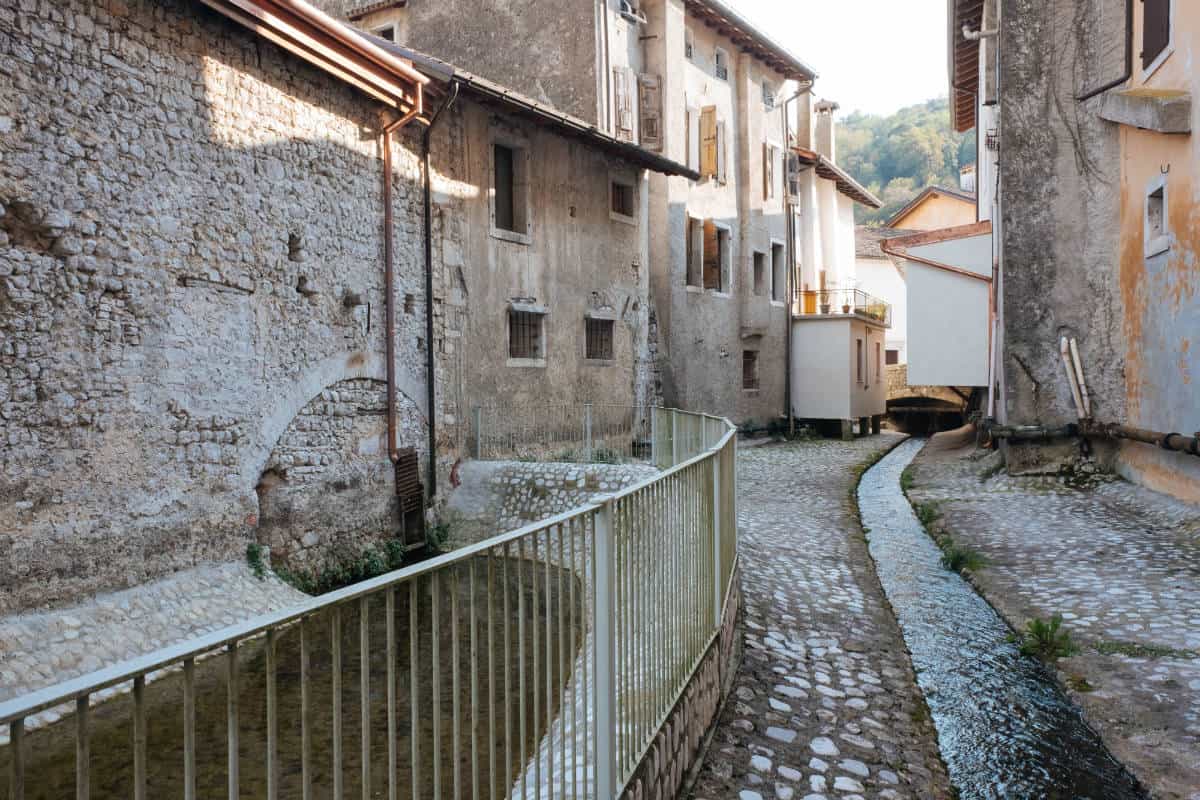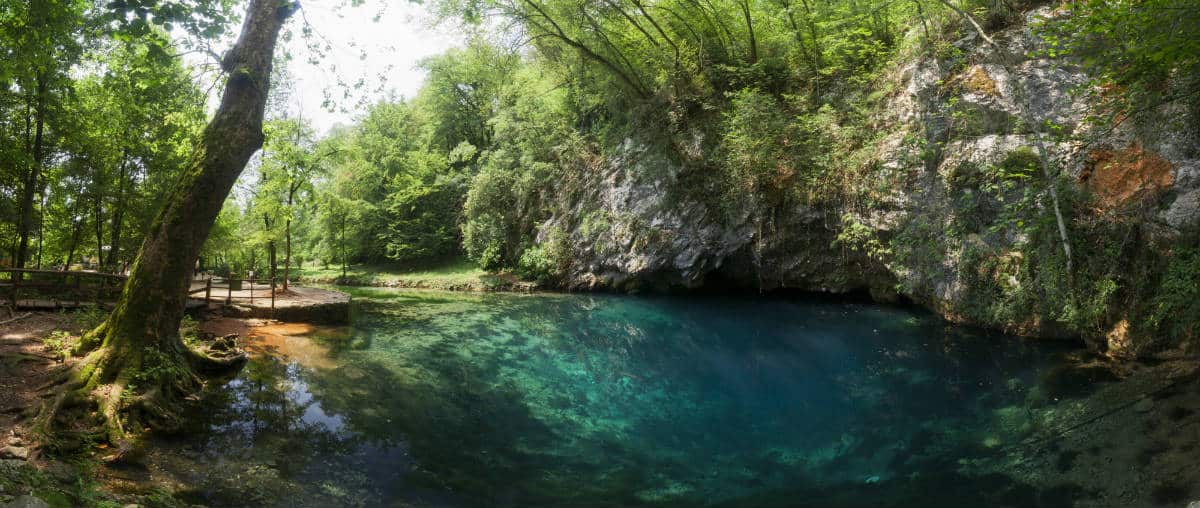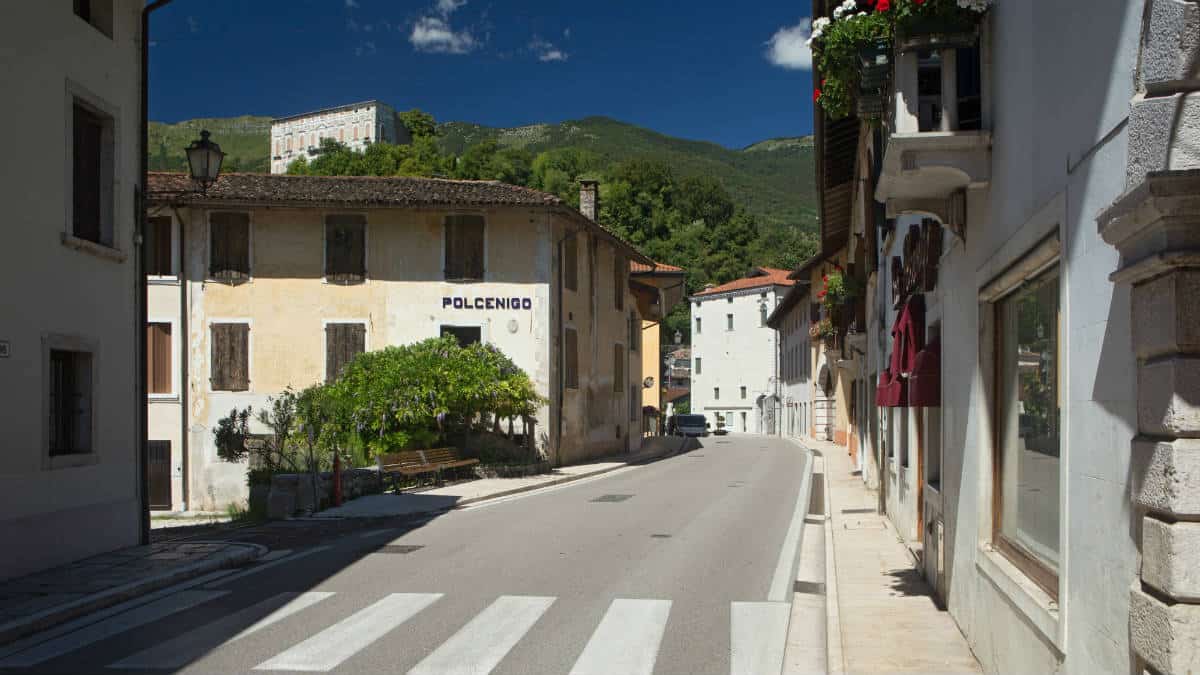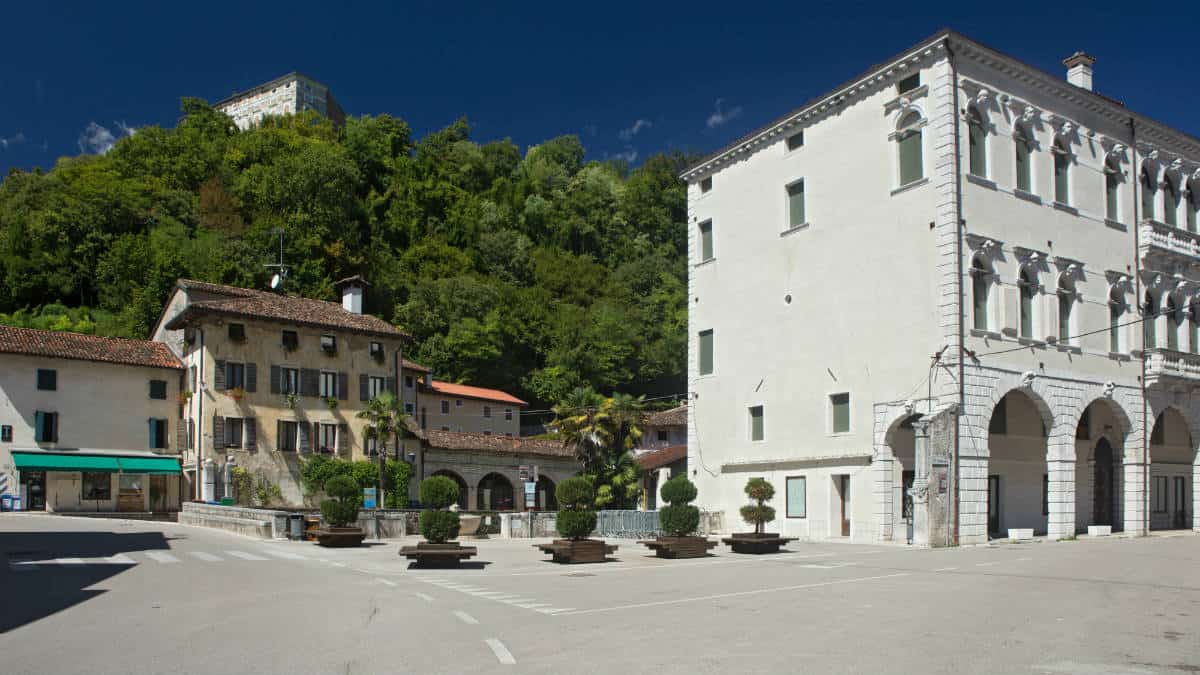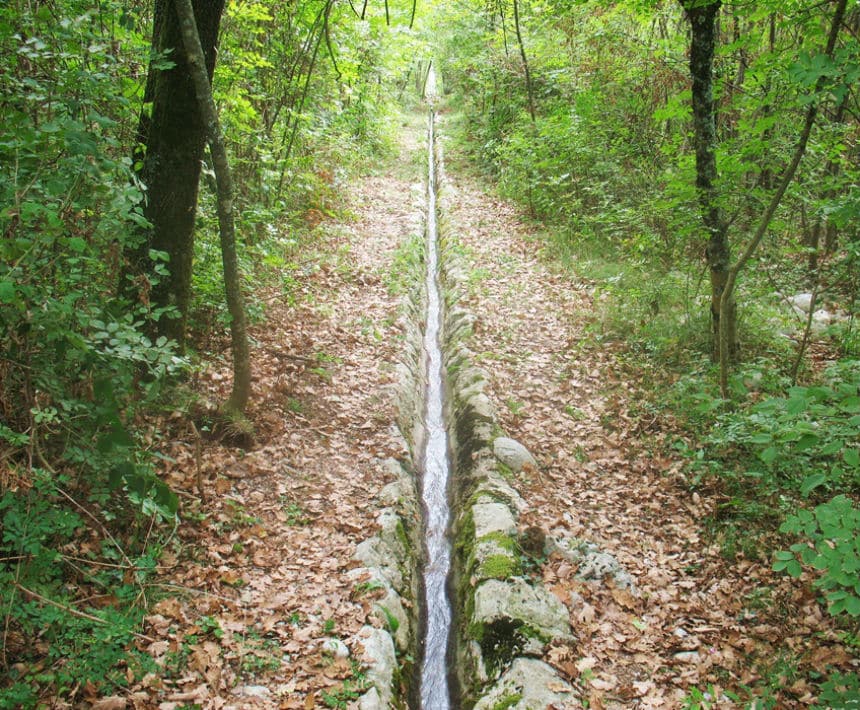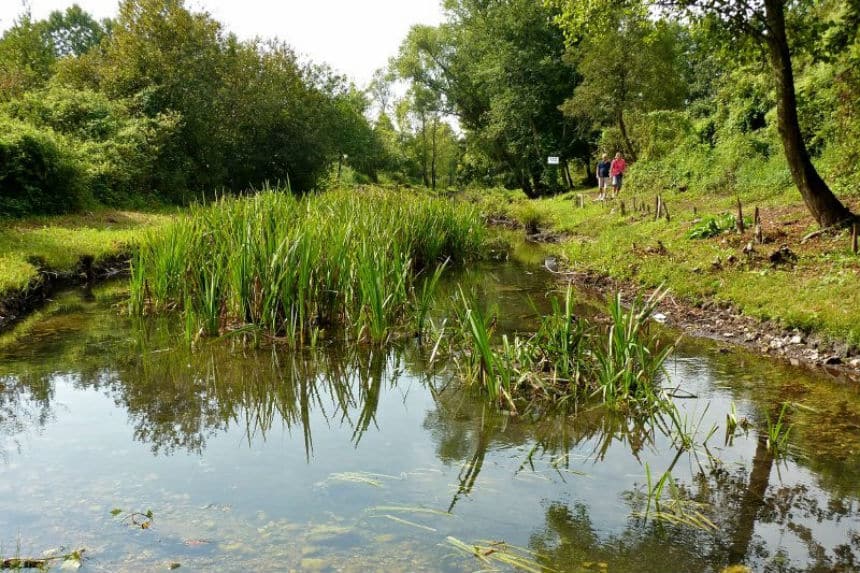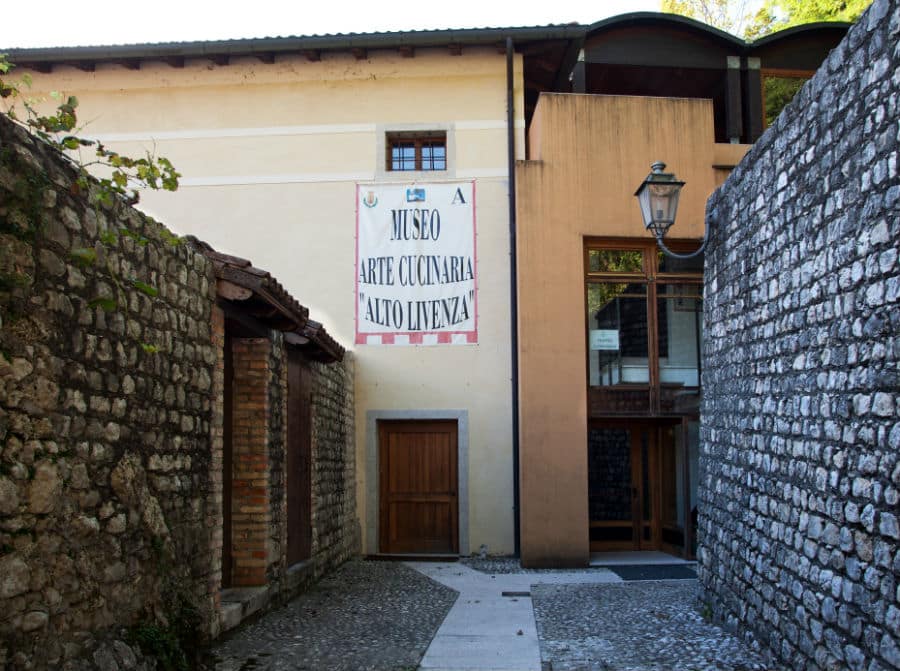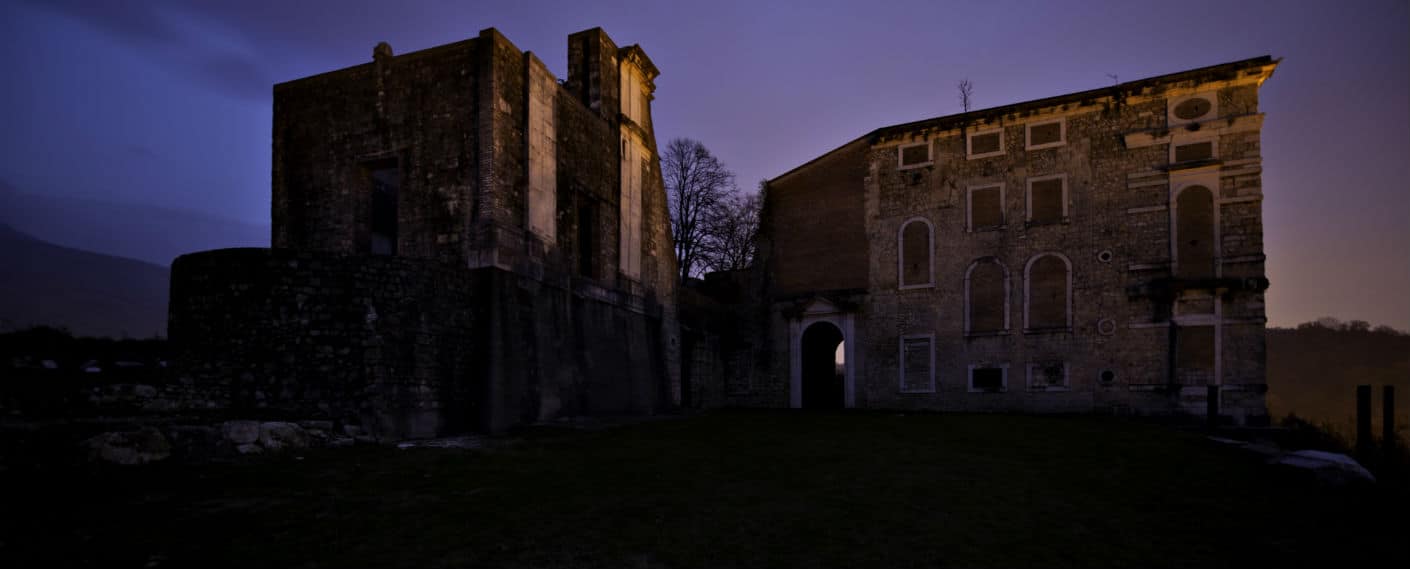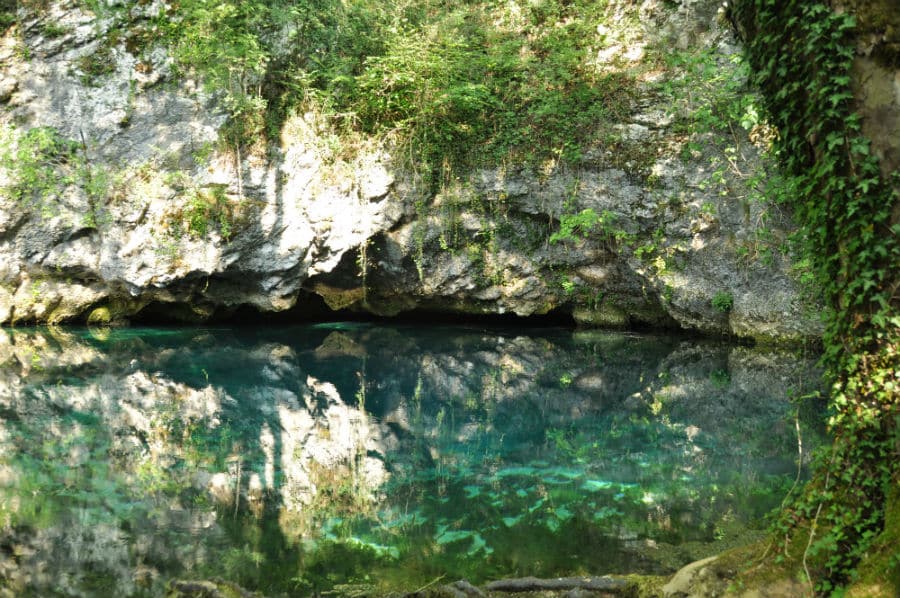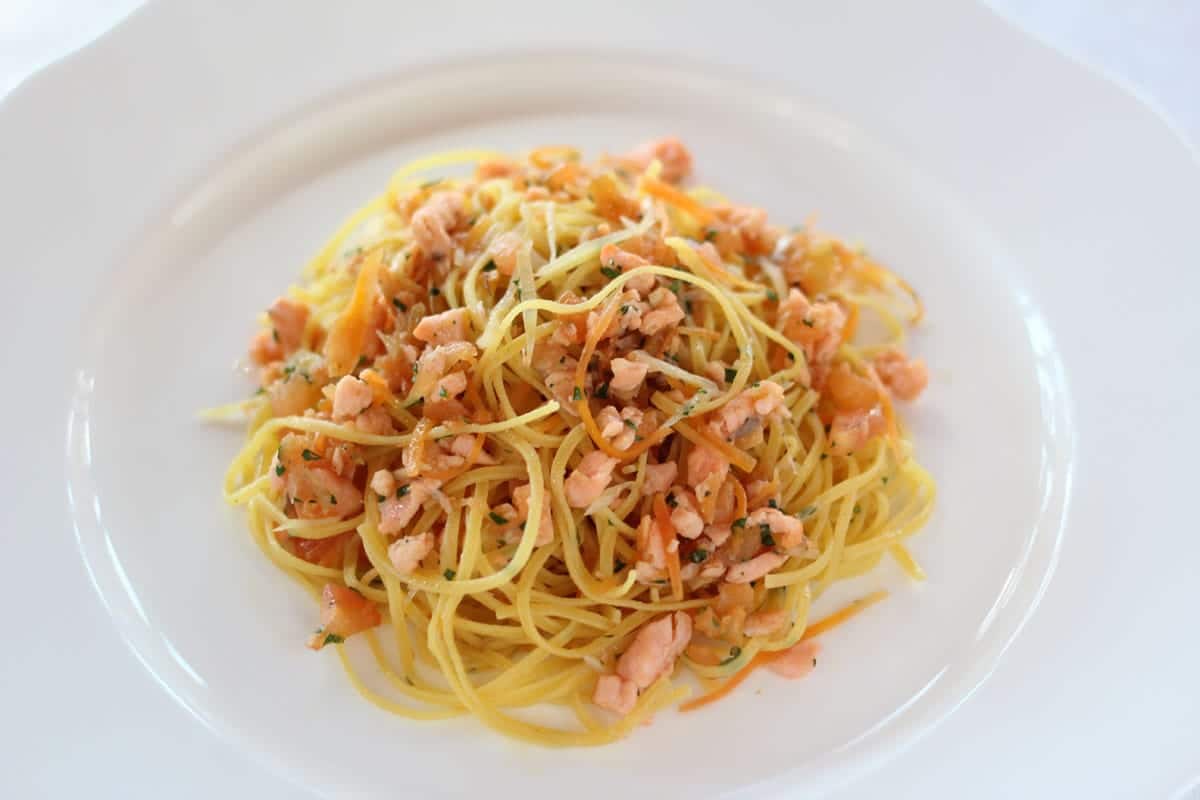History
The strategic position of the territory polcenighese and its natural resources have made Polcenigo a suitable place to human settlements since prehistoric times. The archaeological finds of the Palù testify to the presence of a village of stilts, dating back to the neolithic period, that could count on’abundance of water, plants and wild animals supplied in large quantities from the humid area of Palù and from the nearby mountains. Between the V and the VI century A.D., with the spread of Christianity, Polcenigo became an important religious center due to the presence of important centers of worship, as the Church of S. Floriano. In the Middle Ages, when the castles were an essential element for the defense of the territory, Polcenigo could boast a complex of fortified buildings, known as the castle already at the end of the X century. A decree issued by the Lords of Polcenigo in 1200, created incentives the building of new houses in the village, for the purpose of attracting new residents in the center of the country. From that historical moment Polcenigo beginningsò to take shape and to expand at the foot of the Castle.
Merchants, artisans, notaries, Sarti, Barbieri, pellicciai and smiths settled in the country while prospered activitiesà traditional, as l’breeding and’agriculture, the inns and resales of food markets and bakeries. In 1420 the territories polcenighesi fell under the dominion of the Serenissima Republic of Venice and in 1499 were invaded by the Turks who had sapped Polcenigo to a heap of rubble. In 1571 the Republic of Venice riconquistò all his possessions and for three centuries Polcenigo enjoyed a period of peace and prosperity, in particular during the XVIII century which saw a great economic rebirth, artistic and religious life of the country. After the fall of the Republic of Venice (1797) the territory was first invaded by the Napoleonic troops and then from those Austrian. Then followed years of discontent and many sacrificed volunteers in the fight against the house d’Austria. In 1866 the territory was annexd to the Reign of’Italy.
Palaces
Walking along the streets of the village it can be possible to appreciate the majesty of some buildings of great historical and architectural value as Scolari-Salice Palace (XVI century), Palazzo Fullini-Zaia (second halfà of the XVII century), Palazzo Manin- Zaro (16th - 17th century) Palazzo Polcenigo (XVI century) and the Palazzo Pezzutti (XVII century). Palazzo Scolari-Salice proposes a portico with coats of arms, arches and columns of the XIII century. The inner courtyard access to the majestic garden at’Italian, realized by Ingegner Quaglia on the slope of the hill that preserves paths, hedges and rare trees centenaries. Palazzo Fullini-Zaia, perhaps designed by Domenico Rossi, è an impressive building on Piazza Plebiscito, with arches ashlar work, mullioned windows and original masks. The palazzo preserves nineteenth-century stuccoes and a grand staircase. Palazzo Manin-Zaro is an example of tardoveneziano style. The palazzo is embellished by two- and three-mullioned windows and ornaments in marble and stucco. The cinema-theater is a remarkable building belonging to the Counts of Polcenigo that probably used as warehouse.
Starting from the second half of nineteenth century there were held concerts and theatrical performances amateur. After an imposing work of restoration, the building houses the new cozy cinema-theater on the ground floor and the Museum of culinary art on the first floor. Worthy of note are also the church of culture dedicated to San Lorenzo (early 13th century) and the church of San Giovanni (XIV-XVIII century). For its valence overview, deserves a particular mention Mezzomonte, a time called Nuvolone. Located on the mountain to a height of 477 meters, possesses a urban shape to più levels, with houses in stone, and a panoramic facing toward the plain from east to west.
Huts
A large part of the alpine pastures that once constituted an essential resource for the economy of the village have been recently expanded and renovated. Have premises for the sale of products and for catering and are capable of responding to requests for a tourism linked to the rediscovery of the territories and to the exploitation of local products.


